Photos Drífa Freysdóttir
Second day
Isla Espanola is a volcanic island, as are the other Galapagos islands. The islands sit on the so-called Galapagos microplate, which in its turn sits at the junction of the Cocos – Pacific – Nazca tectonic plates.
https://en.wikipedia.org/wiki/Galápagos_Microplate
At tectonic plate junctions there will be volcanic activity. I am used to lavas coming from Iceland. The lavas and the craters are familiar, but decidedly not the flora and fauna. The igneous rock is softer than the metamorphic one. The Pacific ocean pounds away relentlessly, thus the Galapagos have been formed and eroded in cycles over the eons.
https://en.wikipedia.org/wiki/Española_Island
These photos are from Punta Suarez. The hawk and the sea lion from Bahia Gardner.
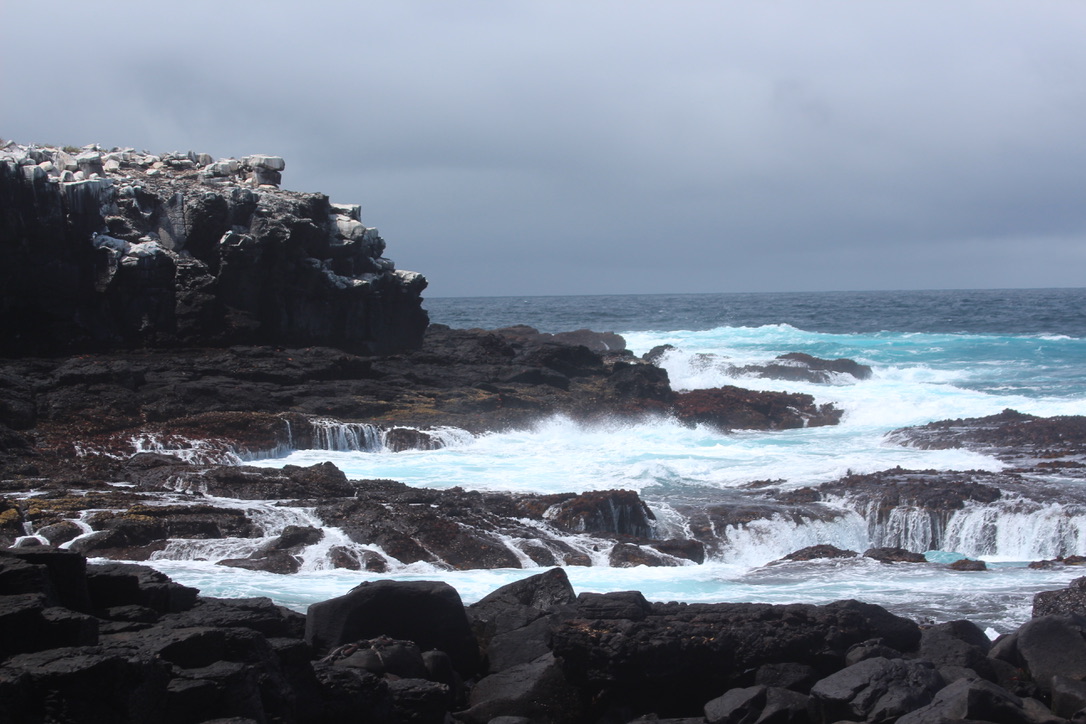
Isla Espanola’s rocky shore 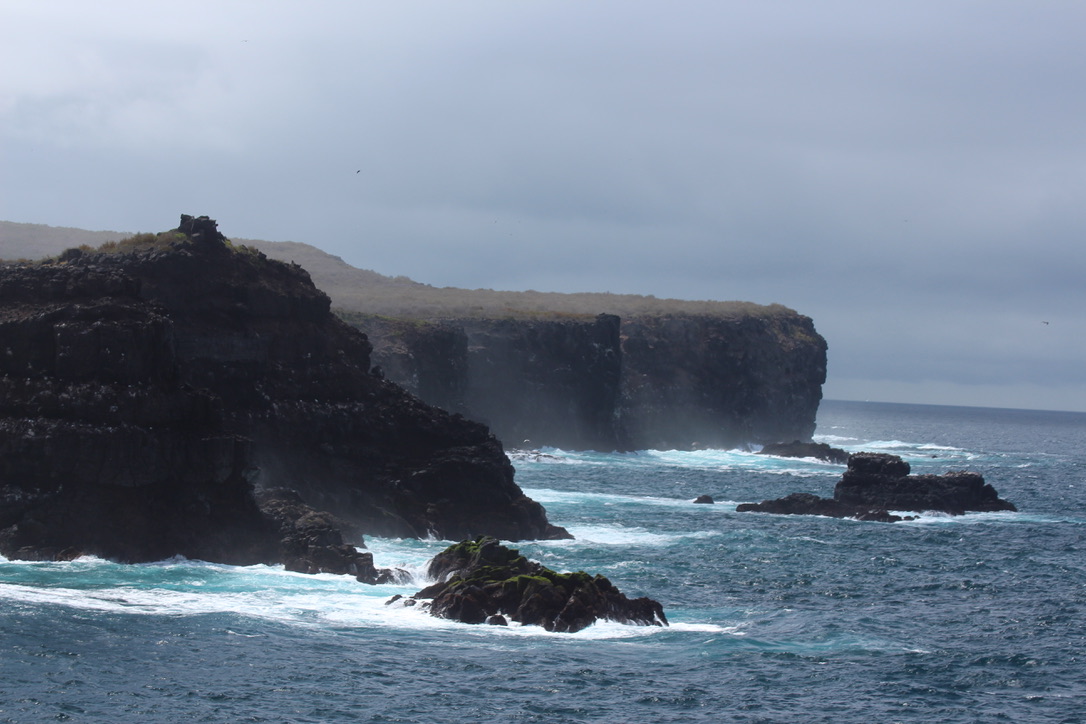
Isla Espanola’s rocky shore 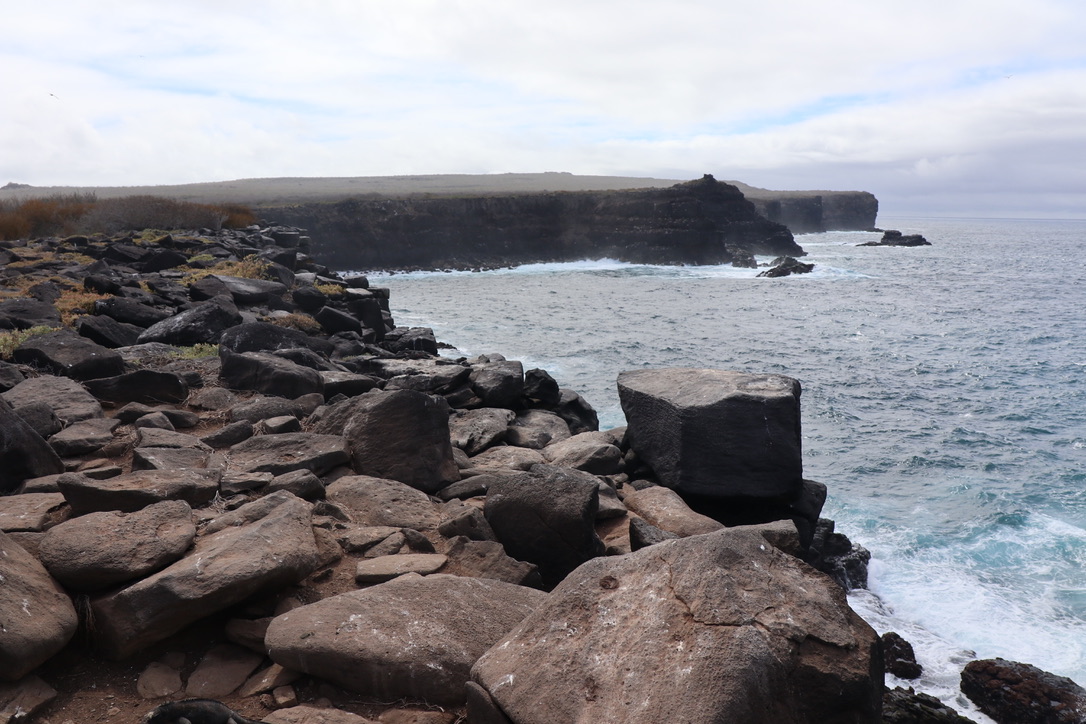
Isla Espanola’s rocky shore 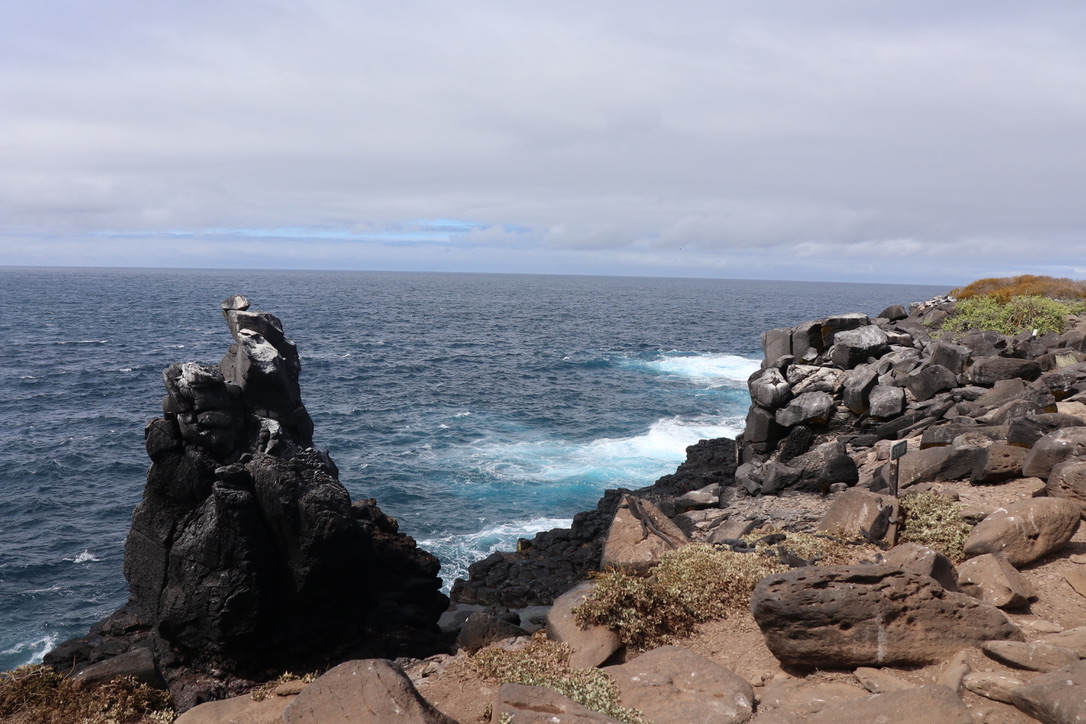
Isla Espanola’s rocky shore
This is the island to visit to see the waved (Galapagos) albatross and the only island they nest on. When an albatross pairs up for egg discussion and nest building, they dance. They extend their necks then lower their beaks. Then there will some beak “fencing”. The following video show some great moves. Now if the dance is accepted, they pair and nest and raise their chick. After that they leave the island and each other and stay away and apart for 2 years flying wast distances over open seas. When it is time again for nesting the male birds will arrive first. Then female birds come back one after the other and the only way the pair can find each other is to do their signature dance.
The signature dance. https://www.youtube.com/watch?v=90MfHbdfzAM&feature=youtu.be
https://en.wikipedia.org/wiki/Waved_albatross
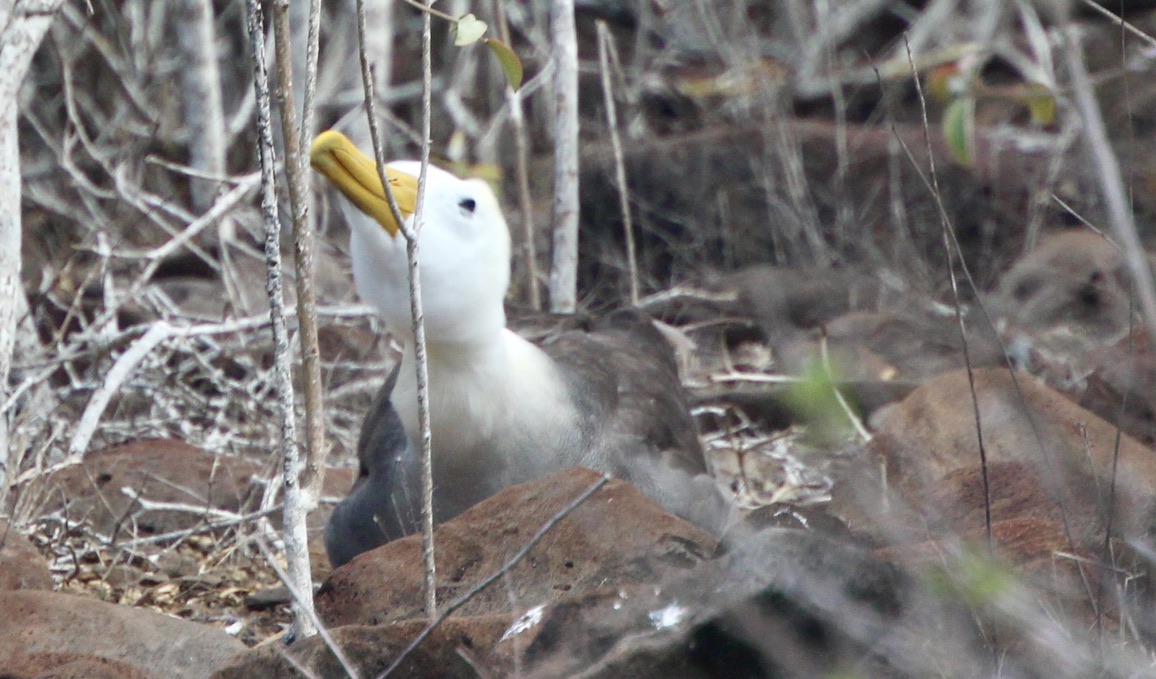
Albatross nesting 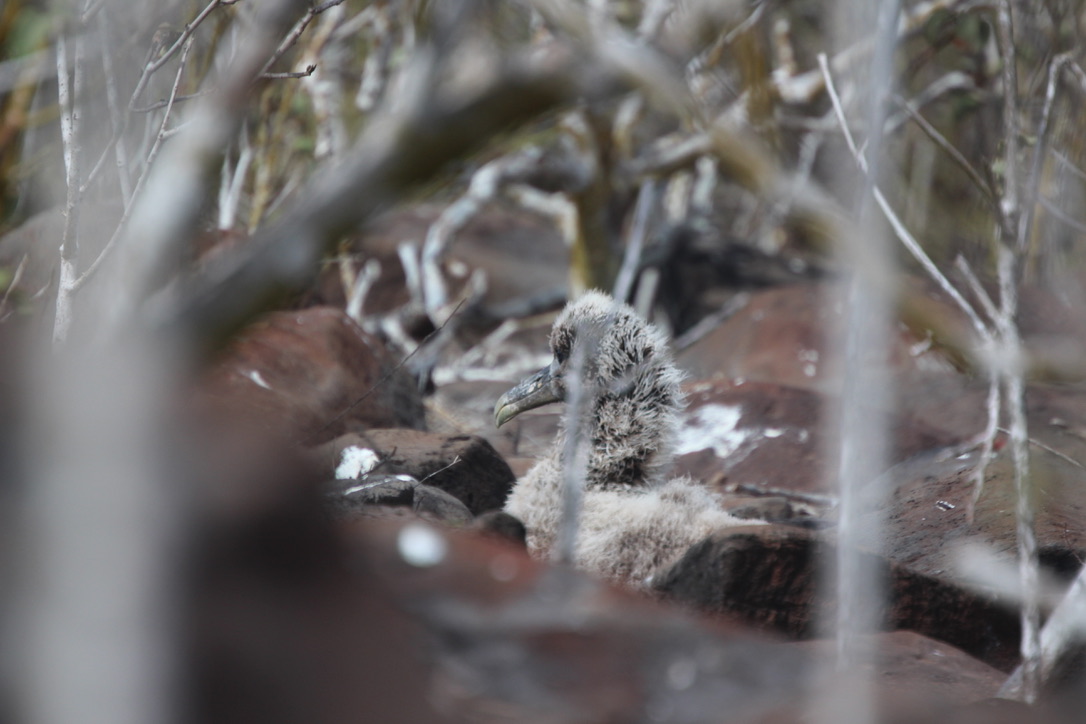
Albatross chick 
Albatross touch down 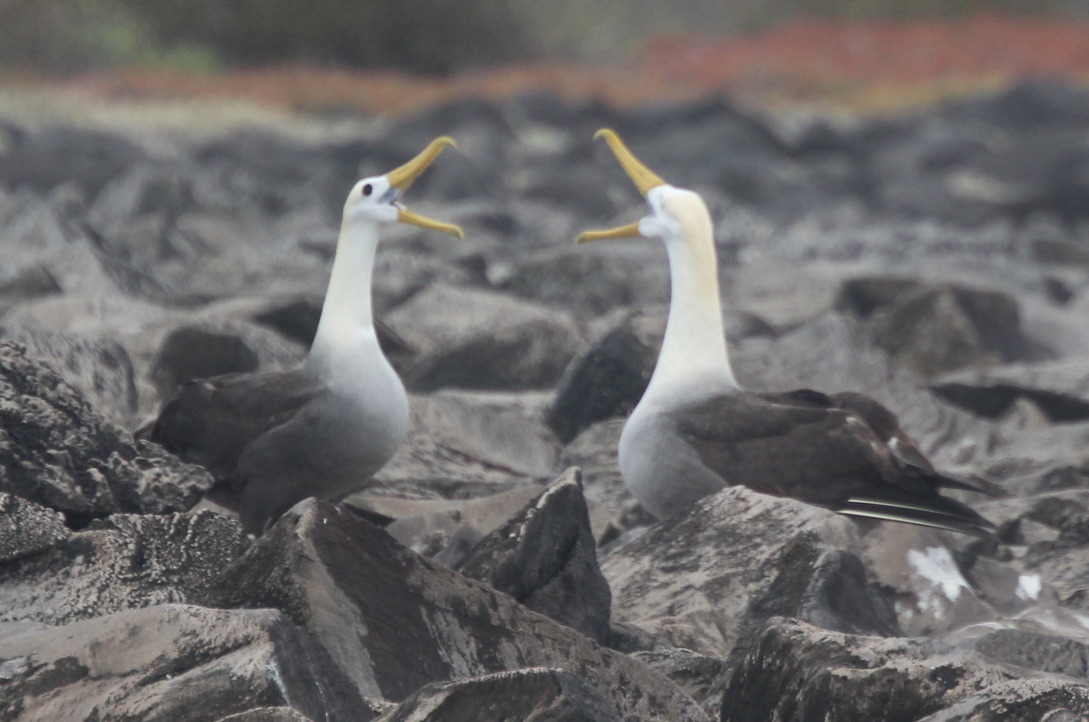
Albatross dance 
Albatross airborne
Here is a gallery of the smaller birds. I can’t identify the finches, so I lump them into “Darwin’s finches.” These finches are famous for the work Darwin did when he visited the islands, and led him to the theory of evolution
https://en.wikipedia.org/wiki/Darwin%27s_finches

Darwin Finch 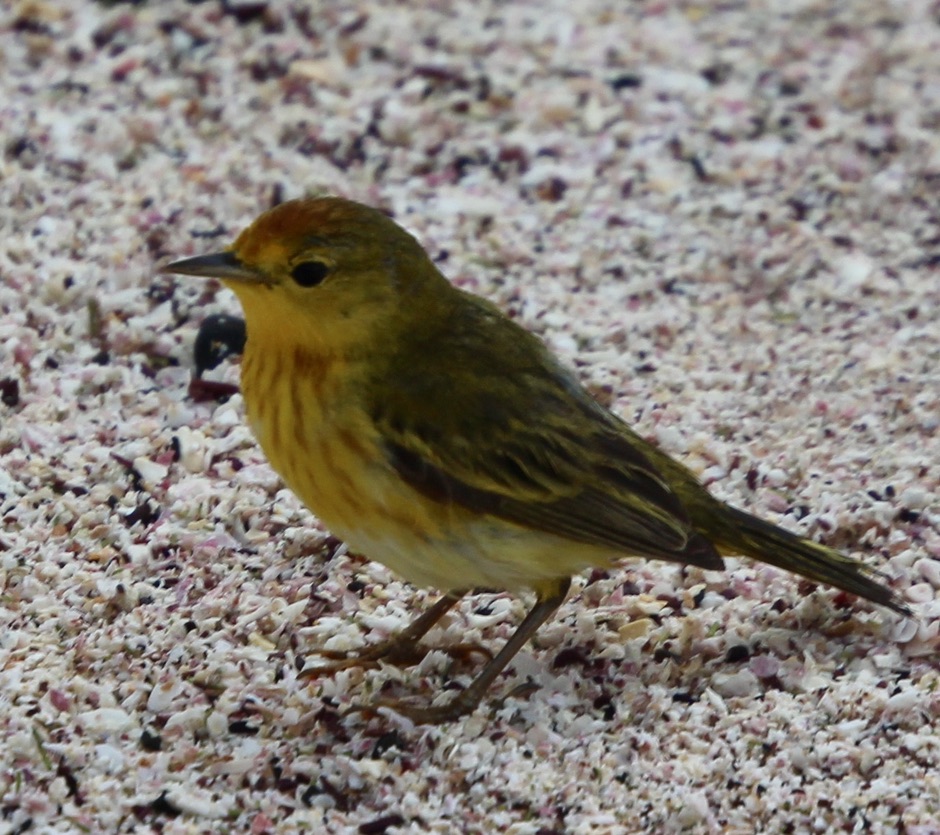
Yellow warbler 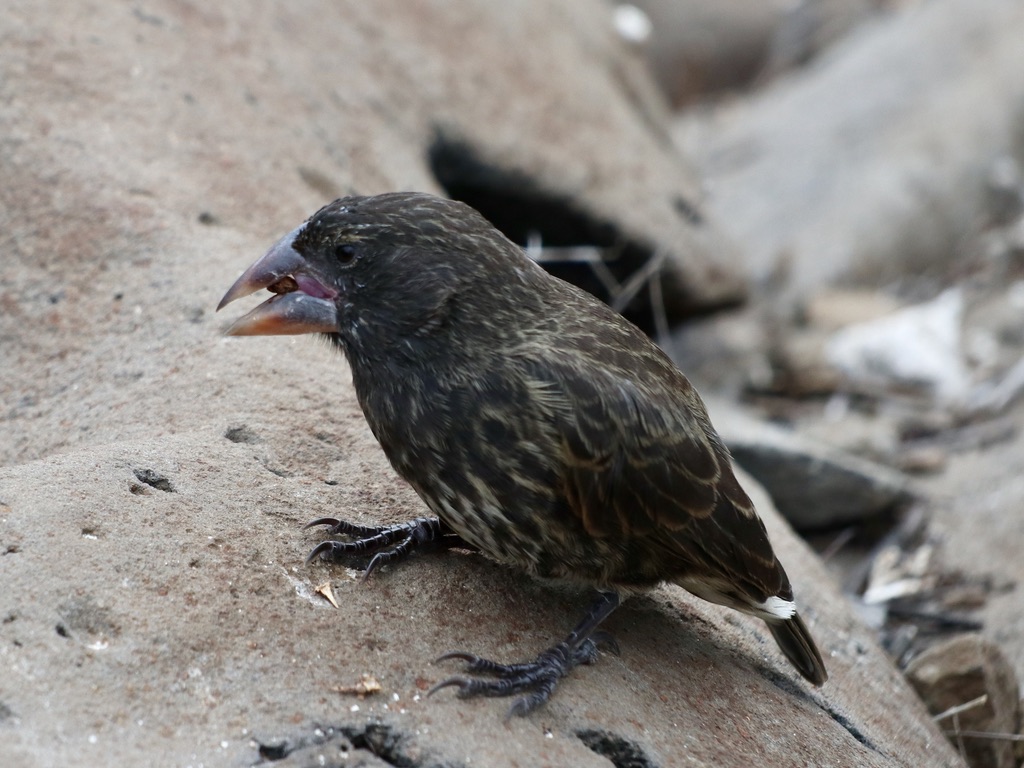
Darwin Finch 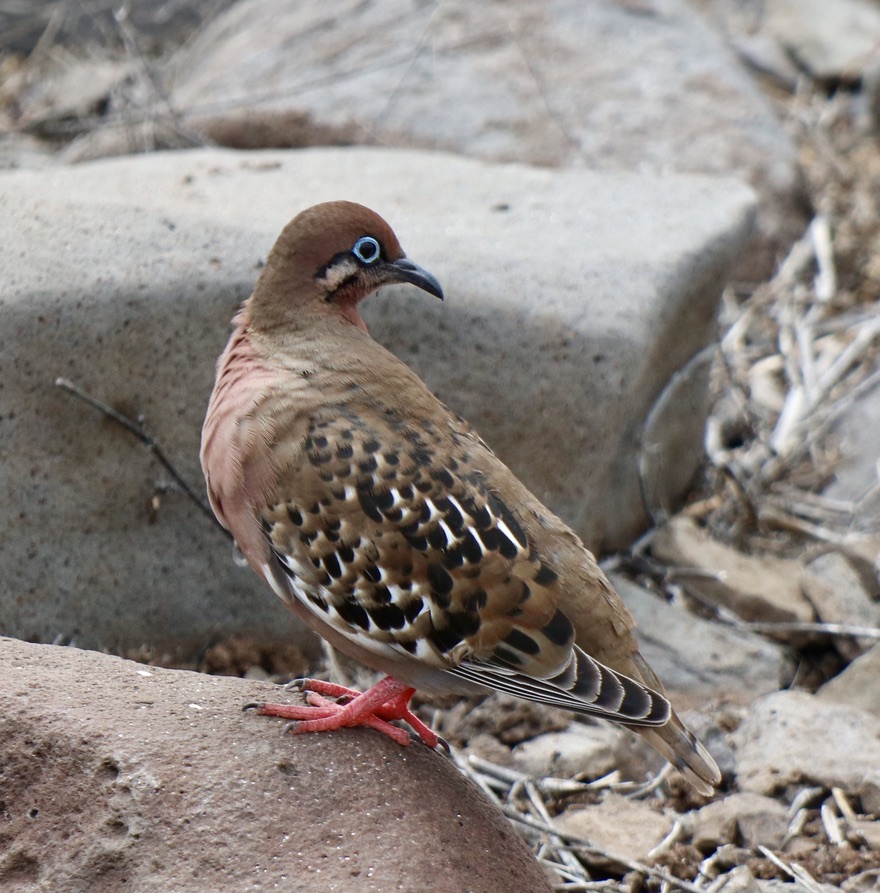
Galapagos dove 
American Oystercatcher 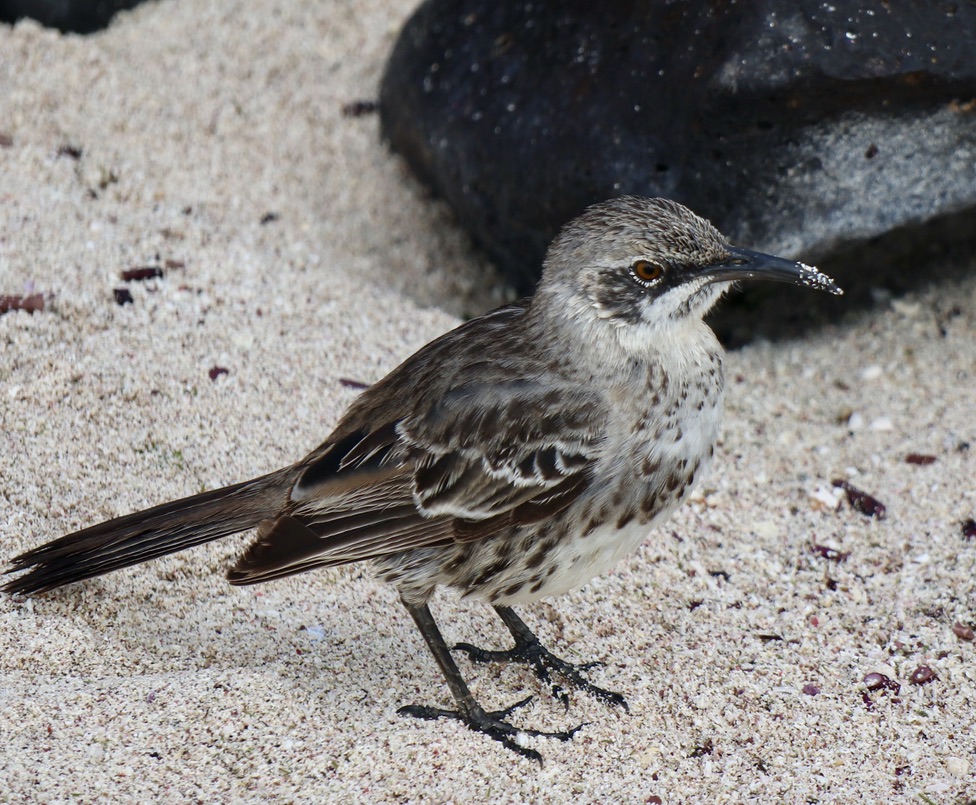
Galapagos Mockingbird
Now for the lizards. Lava is porous and water just seeps through the top layer and disappears, that fact has important repercussions for all life on the islands. We can imagine a long drought – land iguanas going hungry – an enterprising individual starts foraging in the wrack on the beach, and little by little over a long time we have marine iguanas
The lava lizard https://en.wikipedia.org/wiki/Microlophus_delanonis –
The Marine Iguana https://en.wikipedia.org/wiki/Marine_iguana
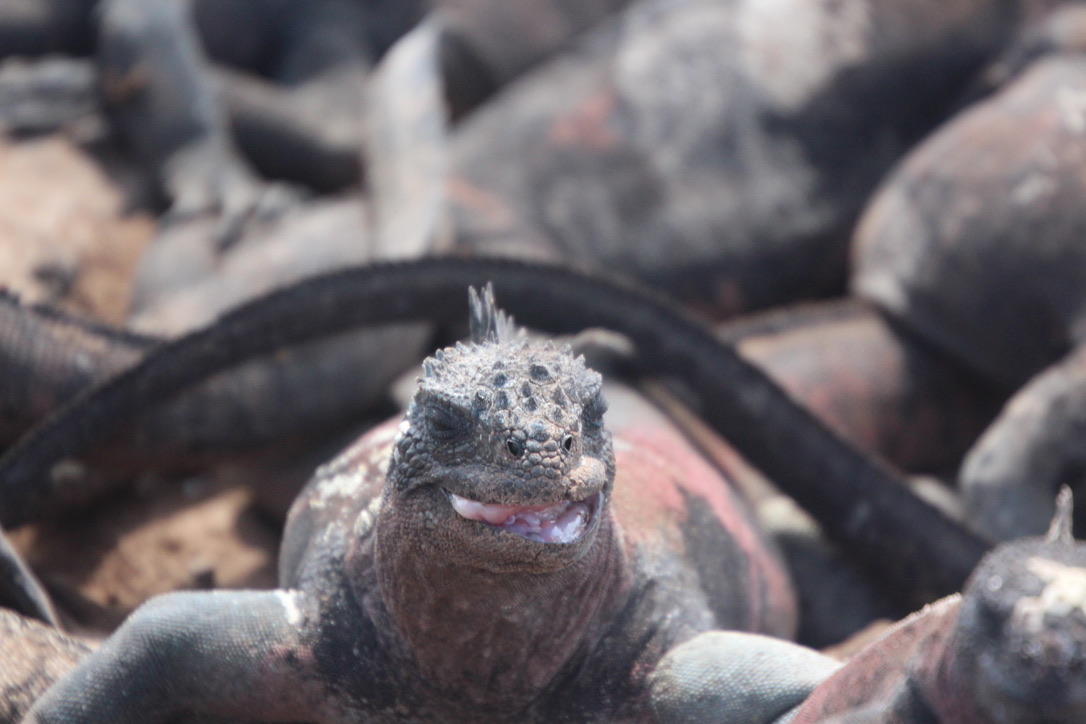
Marine iguana 
Espanola lava lizard (male) 
Marine iguana 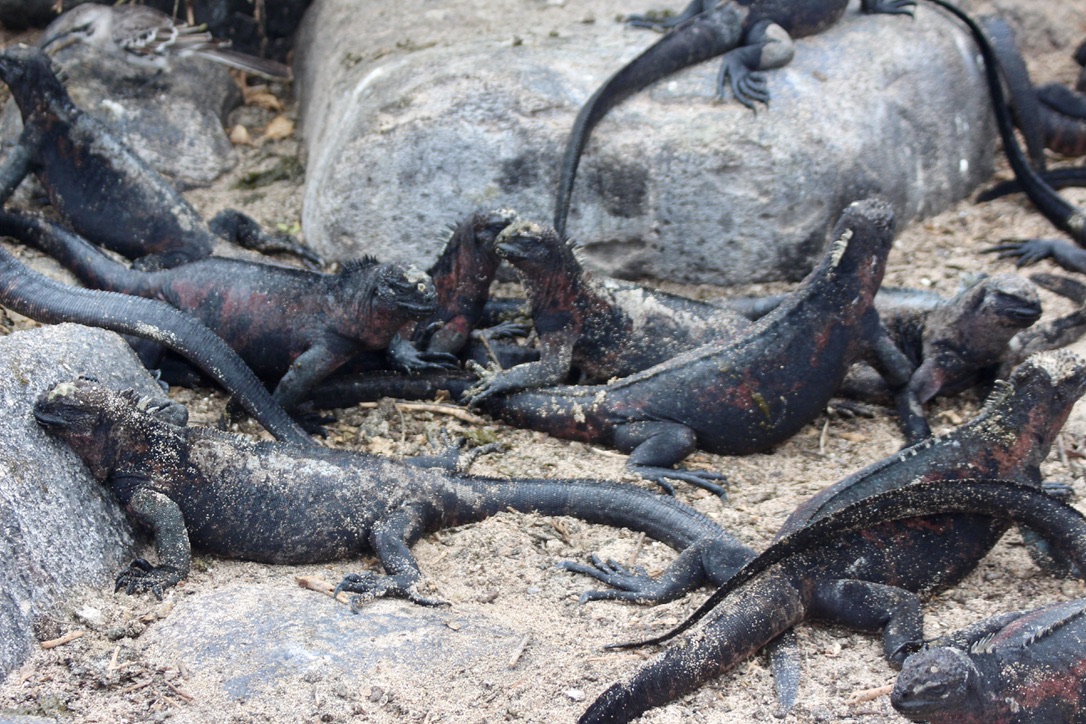
Marine iguana 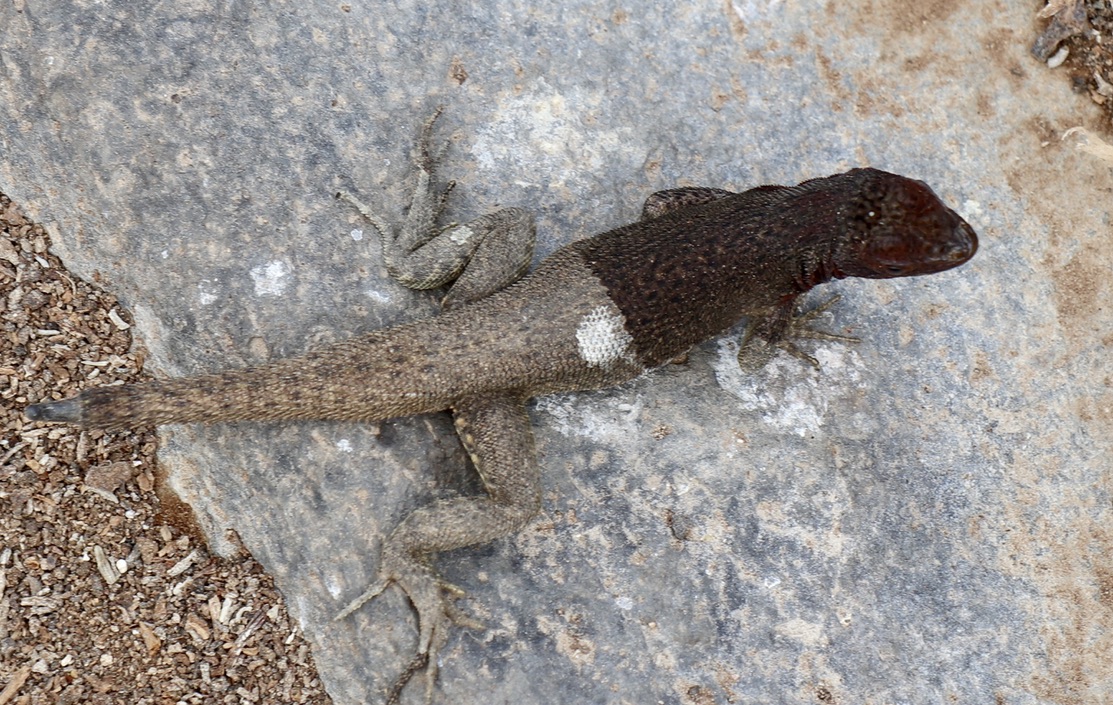
Espanola lava lizard (female) 
Marine iguana 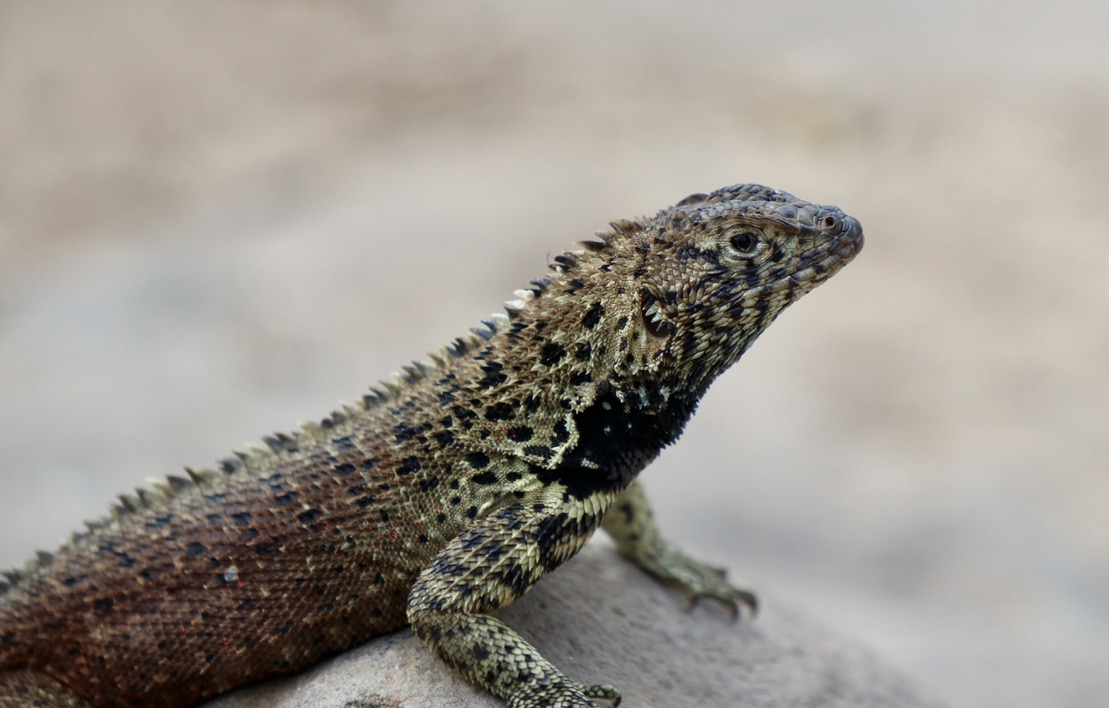
Espanola lava lizard (male) 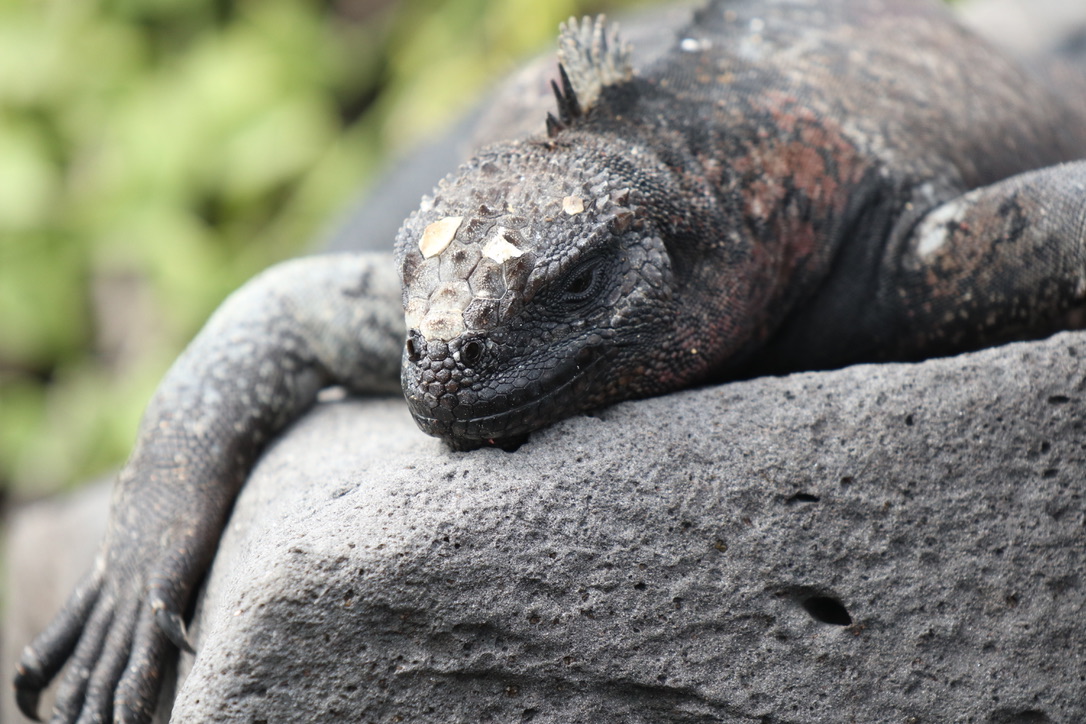
Marine iguana 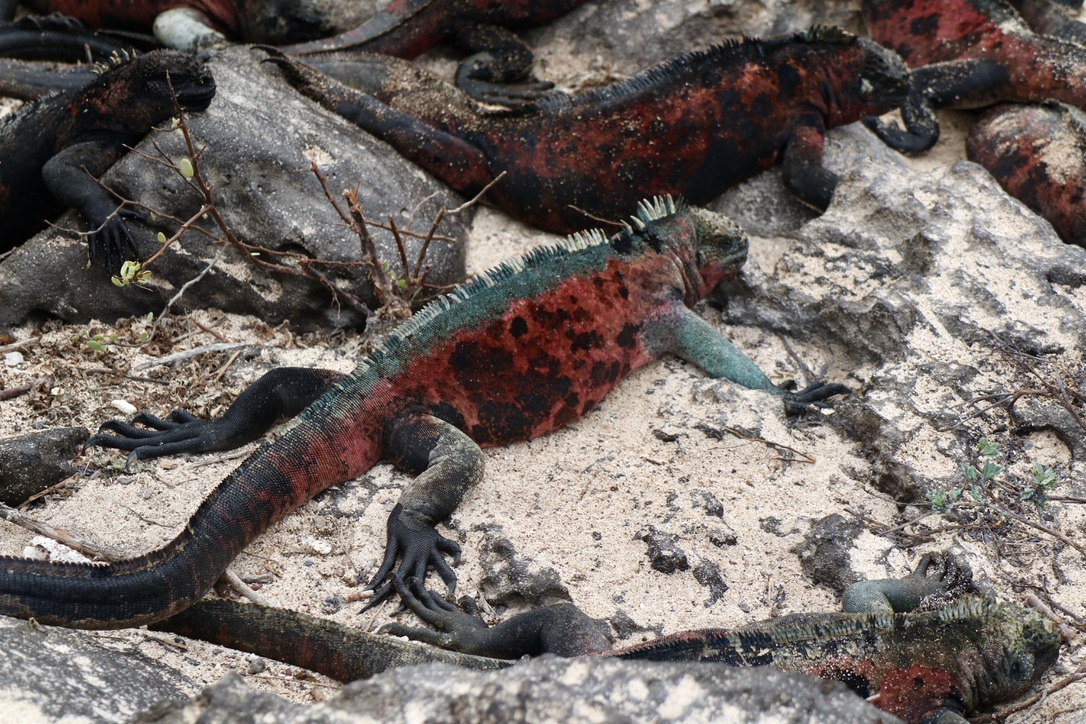
The boobies are are in the same family (Sulidae – https://en.wikipedia.org/wiki/Sulidae -) as the northern gannet (ísl. súla) which Icelanders know from their shores. These birds are magnificent and their dives into the sea are spectacular. At Punta Suarez there are breeding colonies of both species.
The Nazca boobies – https://en.wikipedia.org/wiki/Nazca_booby
The Blue footed boobies – https://en.wikipedia.org/wiki/Blue-footed_booby

Blue footed booby – chick got its fish 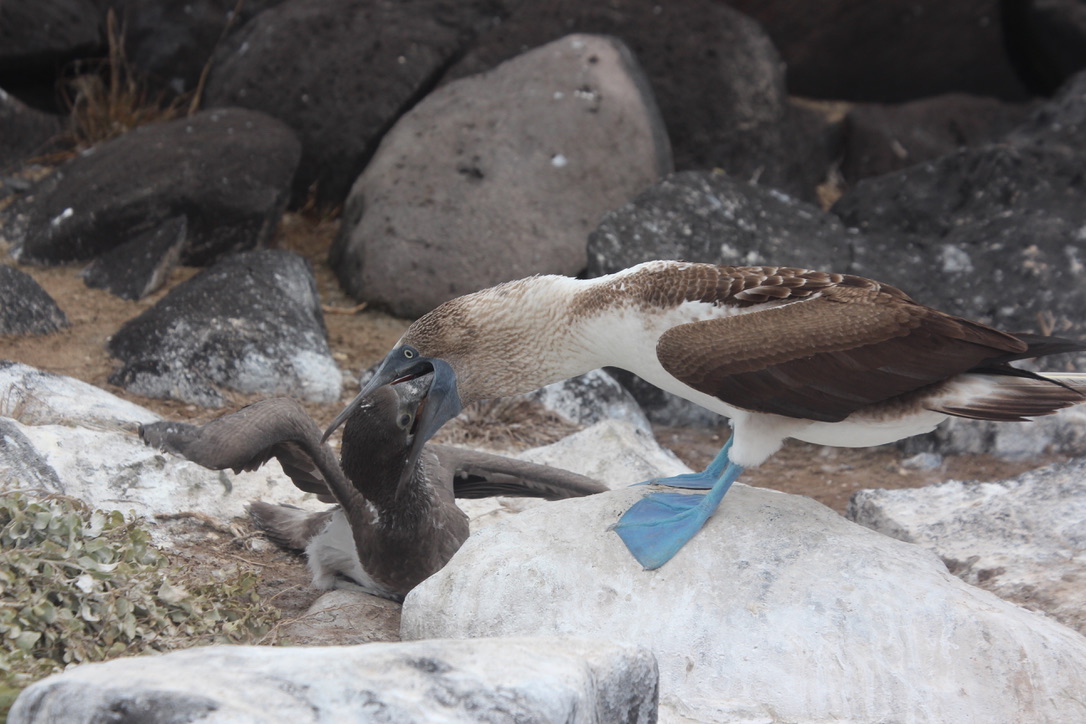
Blue footed booby – where is breakfast? 
Blue footed booby 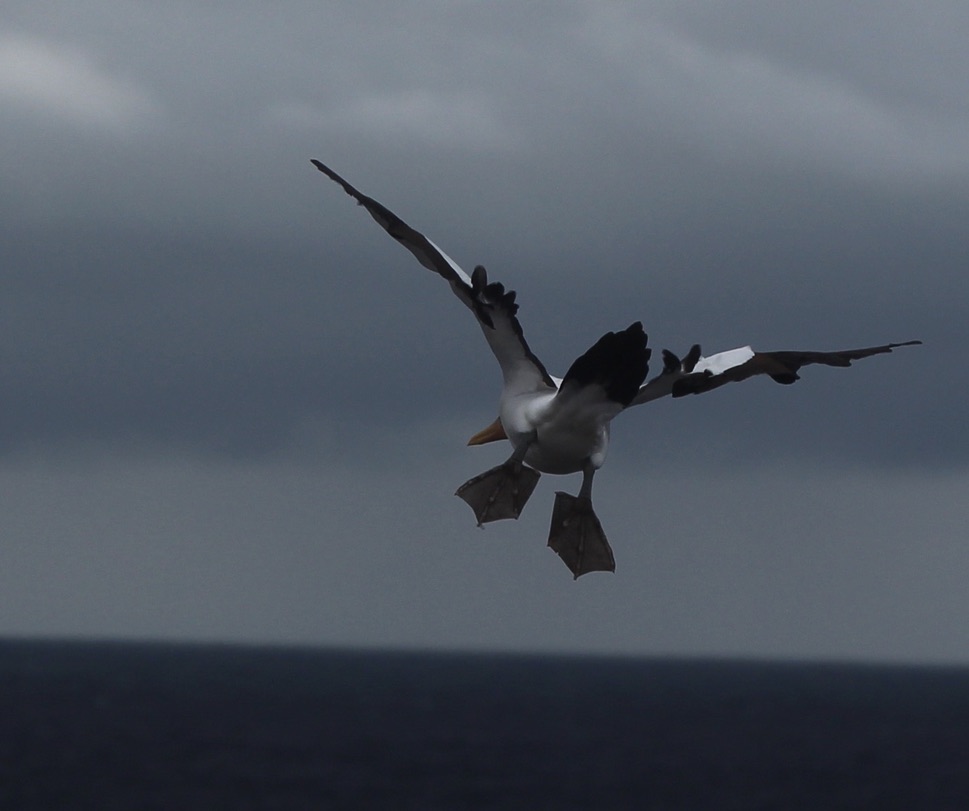
Nazca booby 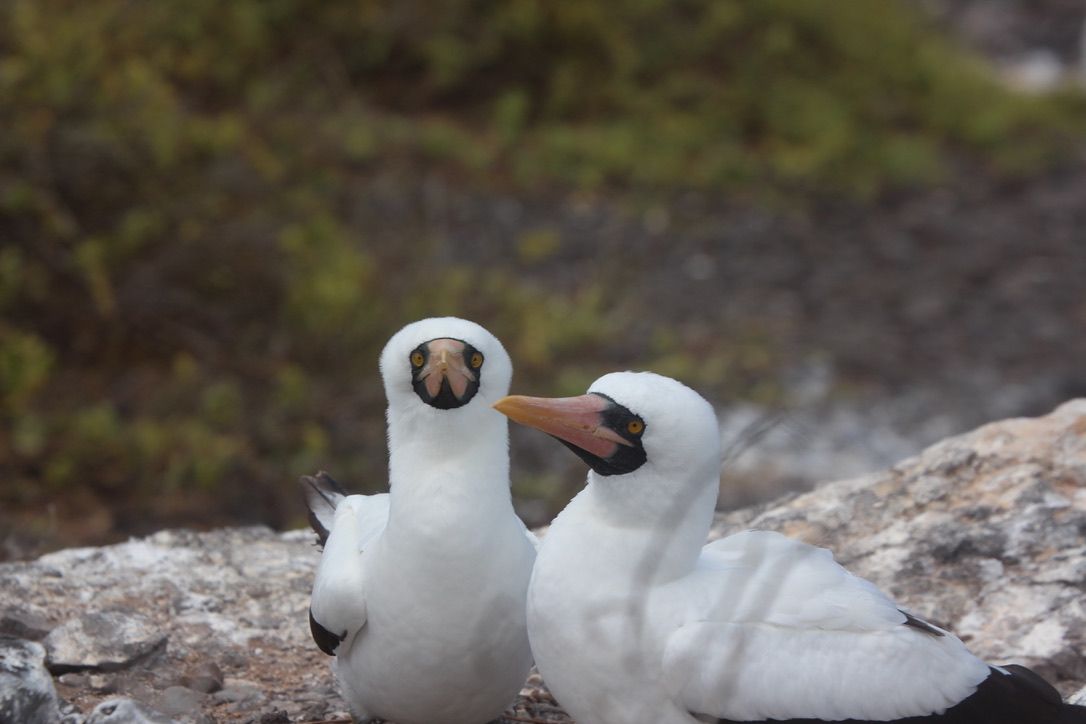
Nazca booby
The Galapagos hawk and the sea lion standoff at Bahia Gardner. The hawk is the apex predator in the Galapago. https://en.wikipedia.org/wiki/Galapagos_hawk
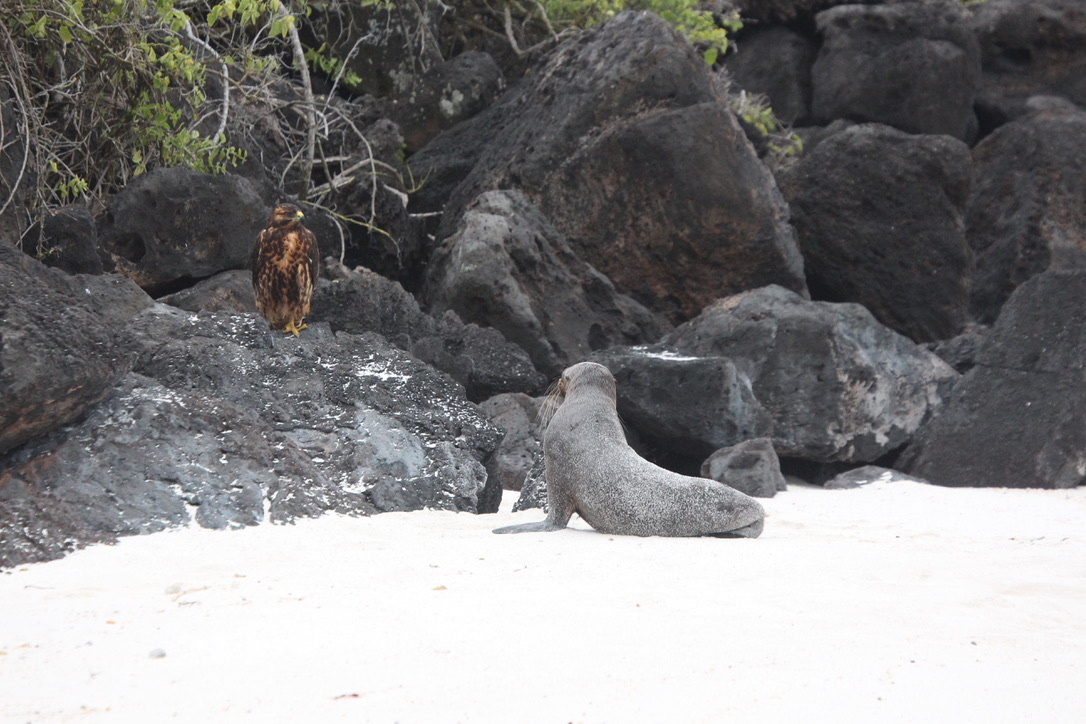
Galapagos hawk and sea lion standoff
Next stop Isla Floreana.

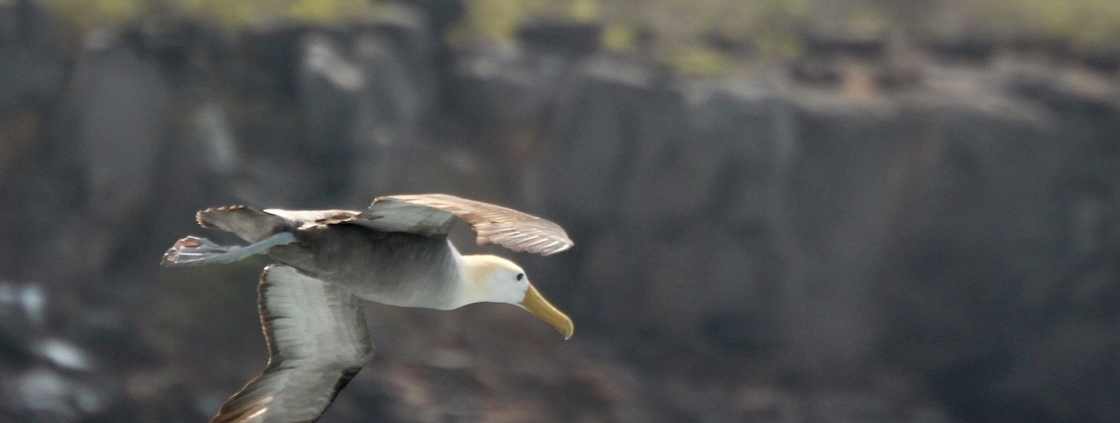
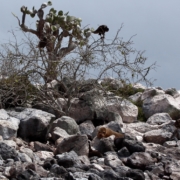
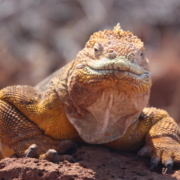
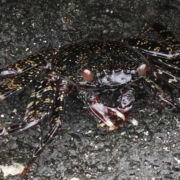
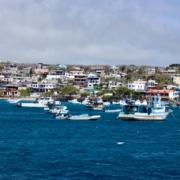
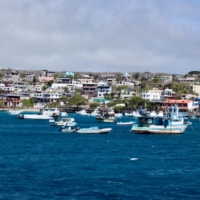


Leave a Reply
Want to join the discussion?Feel free to contribute!